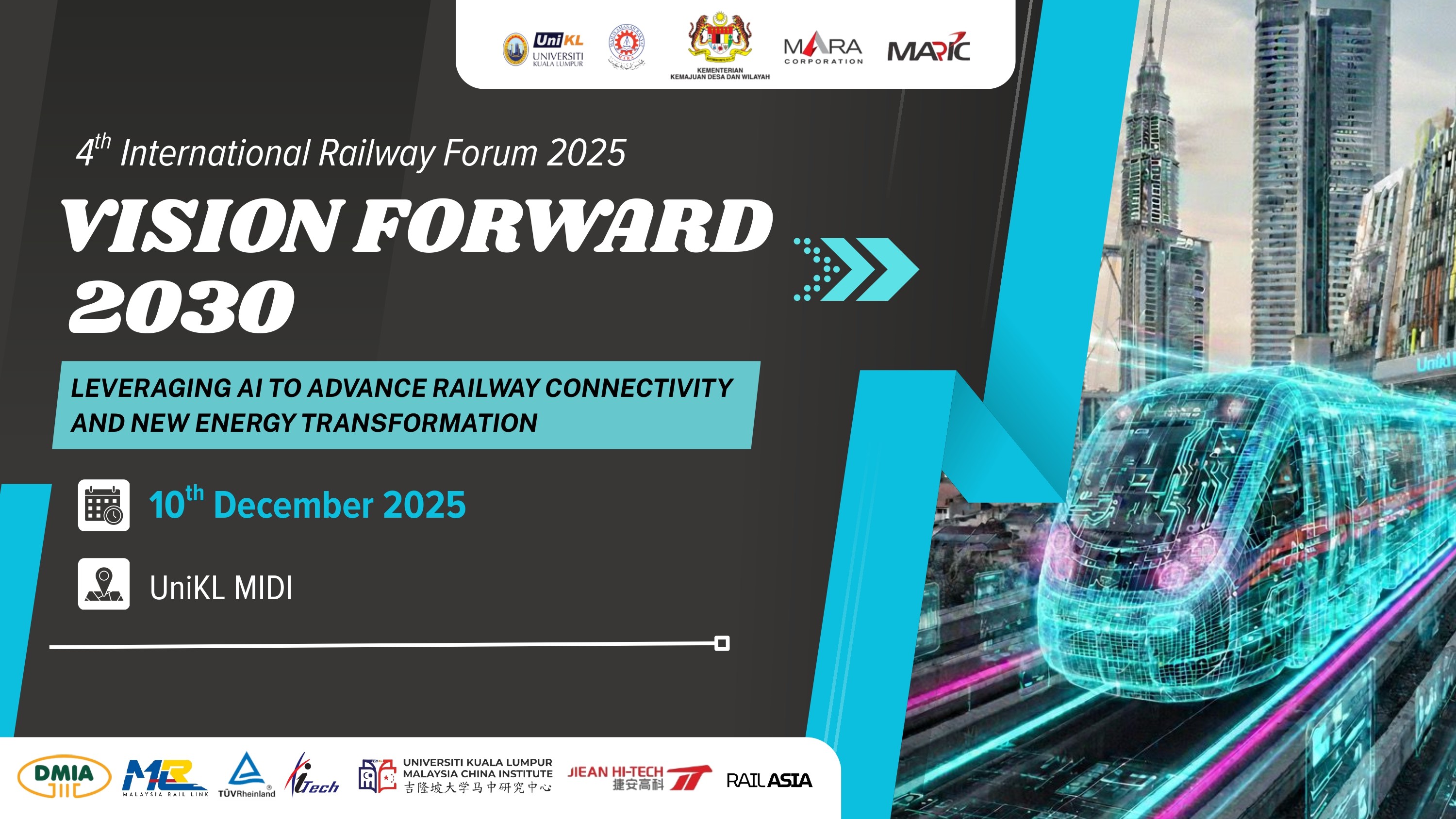Aug 3, 2025
Unlocking the Tracks: How Telecommunication Technology Can Drive Non-Fare Revenue in Rail
As the global rail industry strives to balance operational sustainability with growing infrastructure costs, diversifying revenue streams beyond passenger fares has become a strategic imperative. Among the many avenues explored by forward-thinking rail operators, one sector stands out for its potential to generate consistent, high-value returns: the telecommunications industry.
Rail operators across Asia, Europe, and North America increasingly recognise that their vast infrastructure assets, particularly long, linear rights-of-way and strategically located stations, are not just transit corridors but also prime real estate for telecommunication deployment. With careful planning and strategic partnerships, these assets can be a foundation for digital connectivity, providing operators with significant non-fare revenue opportunities.
The Convergence of Transit and Connectivity
The concept is not entirely new. Many metro and commuter rail systems have long hosted fibre-optic cables, cellular antennas, and Wi-Fi infrastructure for internal operations. However, recent advances in data demand, 5G rollout, and the proliferation of Internet of Things (IoT) devices have magnified the value of these networks, both for commuters and commercial telecommunication providers.
Urban railways, especially in dense cities, offer continuous corridors through populated areas—an ideal scenario for mobile network operators (MNOs) seeking to densify their networks. Deploying Distributed Antenna Systems (DAS), small cells, and fibre-optic backbones along rail lines and within stations allows telcos to improve signal quality and coverage in high-traffic areas. In return, rail operators can monetise access to these rights-of-way through long-term leasing agreements, data hosting contracts, or revenue-sharing arrangements.
Revenue Models That Work
There are several business models through which rail operators can tap into telecommunications for non-fare revenue:
1. Fibre Leasing: Many operators possess unused or underutilised fibre-optic capacity, often installed originally for signalling or operational control. Leasing dark fibre or excess capacity to telcos, data centres, or enterprise customers has proven profitable. For example, Network Rail Telecom leases fibre infrastructure to third parties across its 16,000 km network in the UK.
2. In-Station Connectivity: Major stations are high-footfall zones, making them ideal for Wi-Fi monetisation, digital advertising through captive portals, and partnerships with telcos to deploy 5G cells or public Wi-Fi access points.
3. Neutral Host Infrastructure: Instead of granting exclusive rights to one telco, operators can invest in neutral-host infrastructure, third-party managed networks that support multiple telcos. This ensures competitive coverage and maximises rental income. Singapore’s SMRT and Hong Kong’s MTR Corporation have both embraced such approaches.
4. Smart City Integration: As cities pursue smart infrastructure, rail corridors can host sensors, CCTV, traffic control systems, and IoT networks—providing new forms of data commercialisation and infrastructure leasing.
Case Studies from the Region
In Japan, JR East and other railway companies have capitalised on their infrastructure by building their own telecommunications subsidiaries, such as JR Communications, to lease bandwidth and serve enterprise clients.
Closer to Southeast Asia, operators in Malaysia and Thailand are actively pursuing fibre commercialisation along new rail lines, particularly in tandem with urban development and station redevelopment. Integrated telecommunications into rail development master plans ensures these assets are baked into the value chain from the beginning, rather than retrofitted later at higher costs.
Strategic Considerations and Challenges
While the promise is strong, entering the telecom space involves operational and regulatory complexities. Rail operators must ensure their core safety and transit missions are not compromised. Due diligence in compliance, cybersecurity, electromagnetic interference (EMI) mitigation, and passenger data privacy is paramount. Furthermore, telecommunications partnerships should be guided by transparent governance models, fair access policies, and measurable key performance indicators (KPIs) to avoid vendor lock-ins or underperforming assets.
Whether CAPEX-intensive or concession-based, investment models must be tailored to each operator’s financial posture and risk appetite. Third-party investors can sometimes fund, build, and manage the telecom infrastructure under Build-Operate-Transfer (BOT) or revenue-share arrangements, reducing upfront financial burdens.
The Tracks Ahead
As public transportation systems evolve in a digital-first world, rail operators must move beyond the traditional farebox mindset. Telecommunications presents a scalable, resilient, forward-looking non-fare revenue stream that aligns with urban digitisation trends.
By proactively integrating telecom strategies into rail planning, engaging credible technology partners, and creating sustainable, win-win commercial models, rail operators can transform their infrastructure into conduits for passengers and digital value.
In today’s connected economy, the future of rail is not just about moving people, it’s about moving data. And therein lies a track worth following.
Related Post
Latest Post
Subscribe Us
Get Subscribe To Our Latest News & Update













